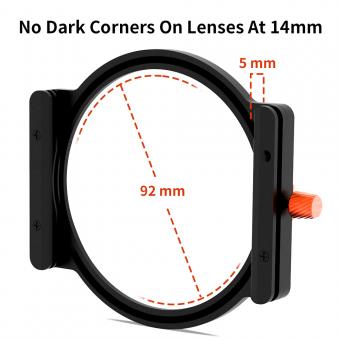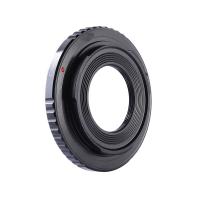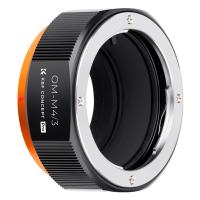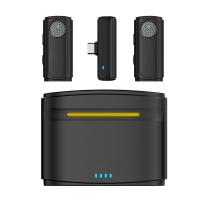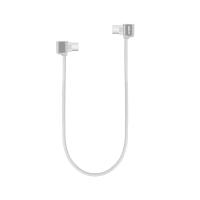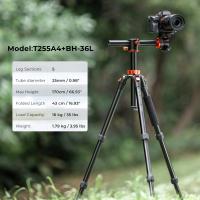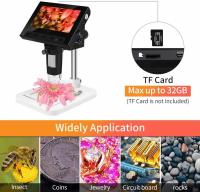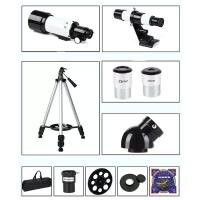How To Change Light Bulb In Olympus Microscope ?
To change the light bulb in an Olympus microscope, first, make sure the microscope is turned off and unplugged. Locate the light source housing, which is usually located underneath the stage or near the base of the microscope. Depending on the model, you may need to remove a cover or access panel to reach the bulb. Once you have access to the bulb, carefully remove it by gently pulling it straight out or twisting it counterclockwise, depending on the type of bulb used. Replace the old bulb with a new one of the same type and wattage, making sure it is securely in place. Finally, reassemble any covers or access panels that were removed and plug in the microscope. Turn it on to test the new bulb and ensure it is functioning properly.
1、 Identifying the correct light bulb for your Olympus microscope
Identifying the correct light bulb for your Olympus microscope is crucial to ensure optimal performance and accurate results. The process of changing the light bulb in an Olympus microscope may vary depending on the specific model, but here are some general steps to guide you through the process:
1. Safety first: Before attempting to change the light bulb, make sure the microscope is turned off and unplugged from the power source. This will prevent any potential accidents or electrical shocks.
2. Determine the bulb type: Olympus microscopes typically use halogen or LED bulbs. Check the user manual or the label on the microscope to identify the specific bulb type required. It is important to use the correct bulb to maintain the microscope's functionality and avoid any damage.
3. Access the bulb: Locate the bulb housing on the microscope. In most models, the bulb housing is located underneath the stage or near the base. Some microscopes may have a removable panel or cover that needs to be unscrewed or unclipped to access the bulb.
4. Remove the old bulb: Carefully remove the old bulb from its socket. If the bulb is stuck, try gently twisting it counterclockwise or using a pair of gloves or a cloth for better grip. Avoid touching the bulb with bare hands as oils from your skin can damage the bulb or affect its performance.
5. Install the new bulb: Insert the new bulb into the socket and gently twist it clockwise until it is securely in place. Make sure it is properly aligned and seated.
6. Test the new bulb: Once the new bulb is installed, plug in the microscope and turn it on to test the lighting. Ensure that the new bulb is functioning correctly and providing adequate illumination.
It is worth noting that some newer Olympus microscope models may have integrated LED lighting systems that do not require bulb replacement. In such cases, it is recommended to consult the user manual or contact Olympus customer support for specific instructions.
Always follow the manufacturer's guidelines and recommendations when changing the light bulb in your Olympus microscope. If you are unsure or uncomfortable with the process, it is best to seek assistance from a qualified technician or contact Olympus customer support for further guidance.

2、 Safely removing the old light bulb from the microscope
To safely change the light bulb in an Olympus microscope, follow these steps:
1. Ensure the microscope is turned off and unplugged from the power source. This is crucial to avoid any electrical accidents during the process.
2. Locate the light source housing on the microscope. It is usually located at the base or near the stage of the microscope. Refer to the microscope's user manual if you are unsure about the exact location.
3. Carefully remove any attachments or filters that may be covering the light source housing. This will provide you with better access to the bulb.
4. Gently unscrew the old light bulb from its socket. Be cautious not to apply excessive force, as this may cause the bulb to break. If the bulb is stuck, try using a pair of rubber gloves or a cloth to get a better grip.
5. Once the old bulb is removed, dispose of it properly. It is recommended to use gloves or a tissue to handle the bulb to avoid any potential injury from broken glass.
6. Take the new light bulb and insert it into the socket. Make sure it is securely screwed in but avoid overtightening.
7. Replace any attachments or filters that were removed earlier.
8. Plug the microscope back into the power source and turn it on to test the new bulb. Ensure that the light is functioning properly before using the microscope for any observations.
It is important to note that the specific steps for changing the light bulb in an Olympus microscope may vary depending on the model. Therefore, it is always advisable to consult the microscope's user manual for detailed instructions tailored to your specific microscope model.

3、 Installing the new light bulb in your Olympus microscope
Installing the new light bulb in your Olympus microscope is a relatively simple process that can be done with a few easy steps. Here's a guide on how to change the light bulb in your Olympus microscope:
1. Safety first: Before starting any maintenance on your microscope, make sure it is turned off and unplugged from the power source. This will prevent any accidents or electrical shocks.
2. Locate the light bulb: The light bulb in an Olympus microscope is usually located at the base of the microscope. It may be covered by a protective casing or a removable panel. Carefully remove any covering to access the bulb.
3. Remove the old bulb: Once you have access to the bulb, gently unscrew it counterclockwise to remove it from its socket. Be cautious not to apply too much force, as this may damage the bulb or the socket.
4. Insert the new bulb: Take the new light bulb and carefully insert it into the socket. Make sure it is aligned properly and then gently screw it clockwise until it is securely in place.
5. Test the new bulb: Once the new bulb is installed, plug in the microscope and turn it on to test the new light source. Ensure that the light is functioning properly and illuminating the specimen as expected.
6. Replace any coverings: If you had to remove any protective casings or panels, make sure to put them back in place securely. This will help protect the bulb and ensure the microscope's overall safety.
It is important to note that the specific steps for changing the light bulb in an Olympus microscope may vary slightly depending on the model and design. Therefore, it is always recommended to consult the user manual or contact Olympus customer support for detailed instructions tailored to your specific microscope model.
In recent years, Olympus has been focusing on improving the accessibility and ease of maintenance for their microscope models. This includes features such as quick-release panels or LED light sources that have longer lifespans and require less frequent replacement. These advancements aim to enhance the user experience and reduce downtime for microscope users.
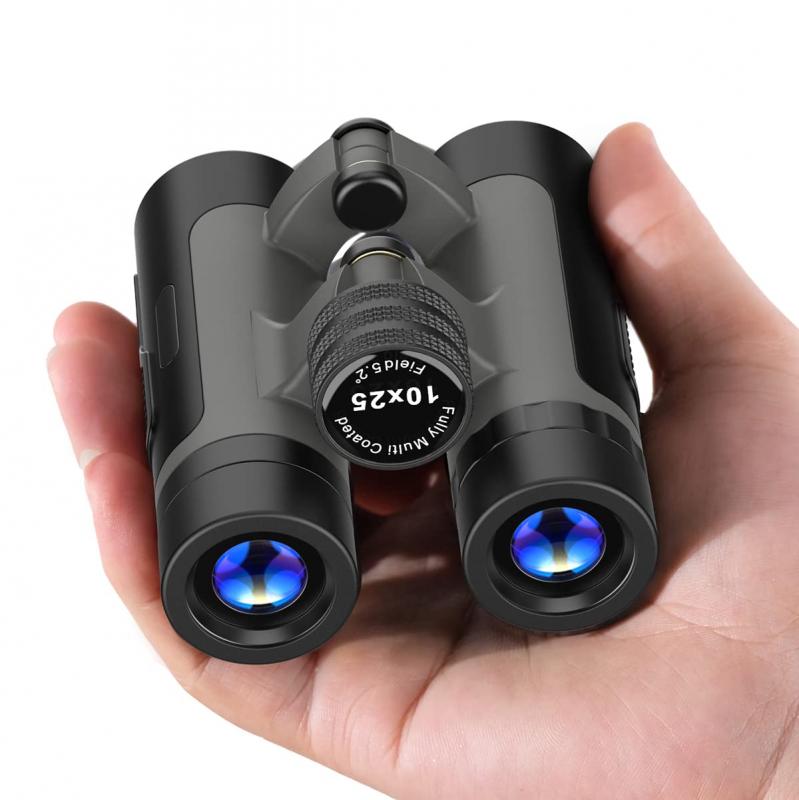
4、 Adjusting the brightness settings for optimal illumination
To change the light bulb in an Olympus microscope, follow these steps:
1. Turn off the microscope and unplug it from the power source to ensure safety.
2. Locate the light source housing, which is usually located at the base of the microscope. It may be covered by a removable panel or a protective shield.
3. Remove any screws or clips that are securing the panel or shield covering the light source housing. Carefully remove the cover to expose the bulb.
4. Identify the type of bulb used in your microscope. It could be a halogen bulb, LED bulb, or an incandescent bulb. Make sure to have a replacement bulb of the same type and wattage ready.
5. Gently remove the old bulb by unscrewing it or pulling it out, depending on the type of bulb and its socket.
6. Insert the new bulb into the socket, making sure it is securely in place. Be careful not to touch the glass part of the bulb with your bare hands, as the oils from your skin can cause the bulb to heat unevenly and shorten its lifespan.
7. Replace the cover or shield over the light source housing and secure it with the screws or clips.
8. Plug the microscope back into the power source and turn it on. Test the new bulb to ensure it is functioning properly.
In addition to changing the light bulb, it is also important to adjust the brightness settings for optimal illumination. This can be done by adjusting the intensity dial or knob on the microscope. Start with a low intensity and gradually increase it until you achieve the desired brightness. It is recommended to refer to the microscope's user manual for specific instructions on adjusting the brightness settings.
It is worth noting that with advancements in technology, many modern microscopes now come with LED lighting systems, which offer several advantages over traditional bulbs. LED bulbs are more energy-efficient, have a longer lifespan, and provide consistent illumination. Therefore, if your microscope is equipped with an older bulb technology, it may be worth considering upgrading to an LED lighting system for improved performance and longevity.




















